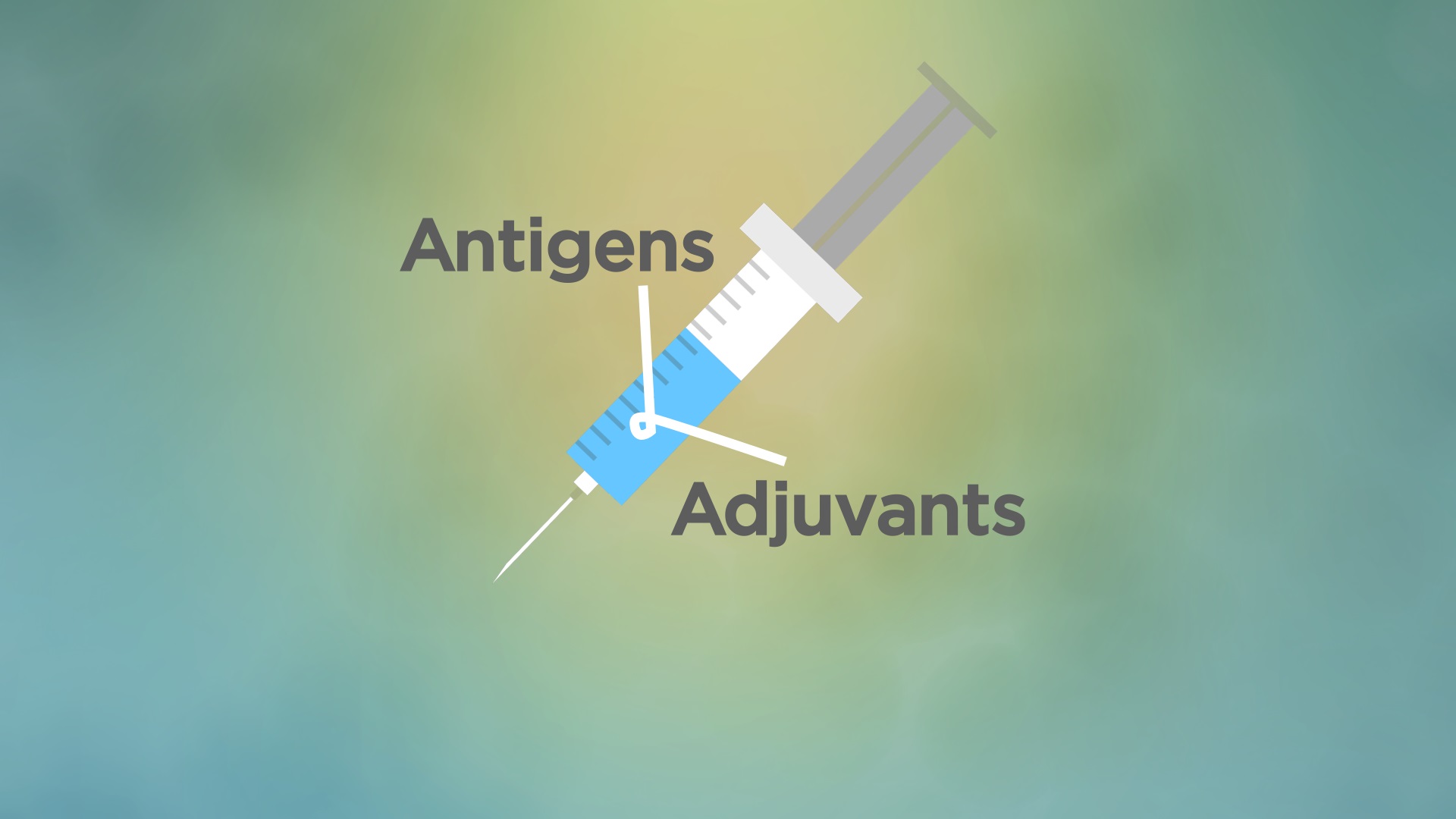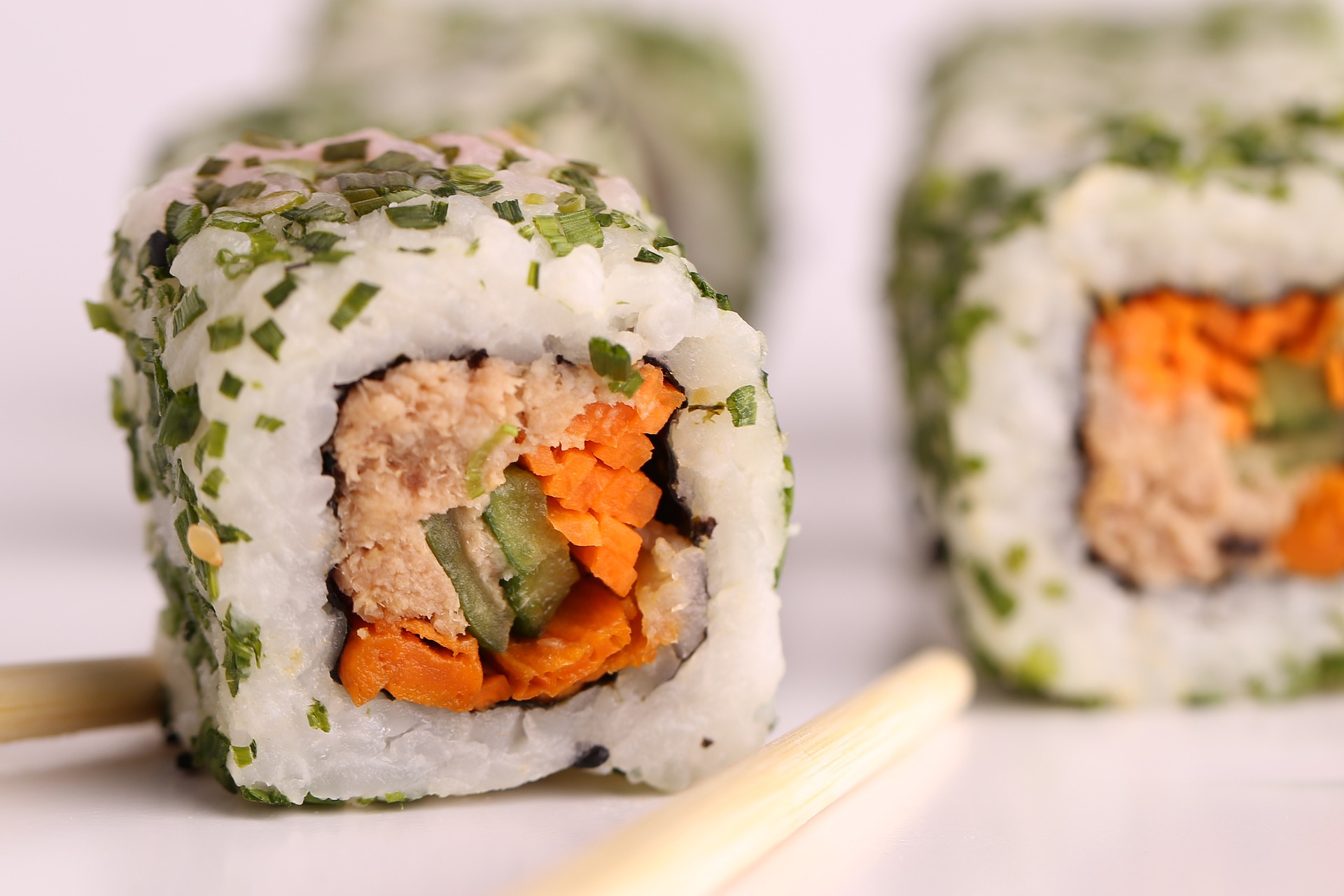What's in a vaccine?
We know that immunisation is a safe and effective way to prevent nasty diseases. But what, exactly, goes into the vaccines we receive?
Vaccines generally have two major types of ingredients: antigens, which prompt the immune system to produce carefully-targeted antibodies that fight the disease, and adjuvants, which help to increase the effectiveness of the vaccine more generally.
Antigens
An antigen is a thing that can provoke an immune response. In the case of vaccines, antigens are usually parts of the pathogens (infectious microorganisms) that cause disease. Some vaccines may have multiple antigens in a single shot, targeting different diseases (such as the MMR vaccine for mumps, measles and rubella), or different strains of the same disease-causing microorganism (such as the yearly influenza vaccine).
If a whole pathogen is present in a vaccine, it will be in a form that won’t cause a full-blown infection to take hold in the great majority of healthy individuals. For instance, the pathogen may have been killed by heat or chemicals in a lab, so that it can’t grow or multiply.
Some vaccines are based on the toxin produced by the pathogen that causes the disease symptoms. In these cases, the toxin is treated to render it harmless, but the immune system still produces the right types of antibodies to neutralise it.
Sometimes, a vaccine is based on a live, infectious microorganism. In these cases, the pathogen has been weakened (attenuated) in a laboratory so much that it’s unable to cause disease symptoms in healthy individuals, but can still give us the same protective immune response without the nasty ill-effects.

Adjuvants
Adjuvants are substances that help give our immune system an extra boost. Sometimes, particularly in the case of vaccines with killed pathogens, the body may not recognise the threatening invader as being harmful enough to bother mounting a response. Adjuvants help to whip the immune system into shape, stimulating a stronger, longer-lasting response to the invading pathogen.
Adjuvants can achieve this trick by promoting an inflammatory response. Normally, inflammation is something we want to avoid, but it’s also a natural (and helpful) response to infection. Inflammation makes it easier for white blood cells to get to the site of an infection and do their job properly, even if that means we have to put up with a bit of soreness and swelling for a while at the site where the vaccine is injected.
Aluminium salts, collectively referred to as ‘alum’, are commonly used as adjuvants. The amount of aluminium in a vaccine is extremely low and has been consistently found to be safe for humans after decades of safety testing. Other adjuvants may include oil-in-water mixtures, fats from bacterial cell walls, or sugars.
What about preservatives?
In the past, preservatives such as thiomersal (or thimerosal) were added to vaccines to prevent them from going off. The amounts of preservatives added were extremely small—way too small to cause harm to a vaccinated person. For example, a person would be exposed to a larger amount of mercury eating a can of tuna than receiving a vaccine containing thiomersal. In Australia, preservatives aren’t used any more in the vast majority of vaccines anyway thanks to improved sterile technology, with each vaccine prepared and stored in its own single-use, sealed vial. The only exception is if multi-dose vials are used during a pandemic as an emergency measure.

In addition to adjuvants and antigens, vaccines can sometimes contain minuscule amounts of materials from the manufacturing process, like trace amounts of detergents, pathogen-killing chemicals, stabilisers like gelatine and other bovine products, or fragments of dead organisms. Vaccine manufacturers are expected to test for the presence of these extra materials and ensure the safety of the vaccine.
Existing vaccines are continually monitored and vaccine technologies are always being improved to make sure we’re getting just what we need to keep us safe from disease.





